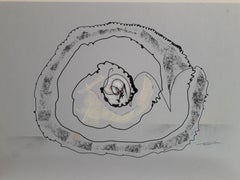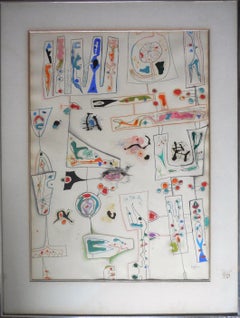Want more images or videos?
Request additional images or videos from the seller
1 of 2
Jeanne BrousseauUntitled1994-98
1994-98
$3,000
£2,308.97
€2,629.51
CA$4,264.94
A$4,636.14
CHF 2,429.74
MX$56,425.72
NOK 30,584.67
SEK 28,739.64
DKK 19,637.20
About the Item
Colored ink marker on paper
- Creator:Jeanne Brousseau (1952, American)
- Creation Year:1994-98
- Dimensions:Height: 9 in (22.86 cm)Width: 11.5 in (29.21 cm)
- More Editions & Sizes:UniquePrice: $3,000
- Medium:
- Period:
- Condition:
- Gallery Location:New York, NY
- Reference Number:Seller: M 10378D.0391stDibs: LU2311799472
Shape-shifting humans, grotesque beasts, benevolent animals and majestic birds – these are just some of the players in an arresting visual drama that springs from the uncommon depths of a defiant artist named Jeanne Brousseau. The drama is both tragedy and comedy, whimsical and horrifying, rendered with childlike imagination but with the precision and intensity of a grown-up who has something important to say. They are, in fact, a survivor’s deeply suppressed memories of child sexual abuse by her father. We are proud to introduce the work of self-taught artist Jeanne Brousseau (b. 1952). This represents the artist’s debut before the general public, the first time these highly personal, intimate drawings have been seen outside her hometown of Penobscot, Maine. Like many in that region, Brousseau farms and raises livestock, but is also known locally as a maker of offbeat crafts and as a first-rate knitter. It wasn’t until recently, however, that the sheer breadth of her creativity became known when she decided to tell her story and share her private drawings with the public. The drawings started as therapy in the mid-1990s when Brousseau was in her 40s and beginning to piece together the details of her troubled past. The most chilling of them, Untitled, of about 1994, was her first serious effort to encapsulate the physical sensation, emotion and pain of her ordeal. It is a strikingly original, clear and devastating portrayal of sexual violence and its toll on the victim. Upon seeing it one might prefer to look no further. But that would miss an opportunity to witness the extraordinary triumph of spirit playing out across the rest of the artist’s work. The ensuing visual narrative is one of courage, revenge, escape, and survival. The drawings are intricately detailed, mesmerizing accounts of her experiences and attempts to overcome them. Alluding to her abuse both directly and indirectly, Brousseau uses her own distinctive visual language to set up a classic dichotomy of Good vs. Evil. Untitled [Vengeance Tale with Horse and Alligator], about mid-1990s, features the artist’s band of animal warriors called on to protect her and to seek her revenge. Here the tables have been turned as her father assumes the role of victim. It’s a ghoulish scene rendered with a childlike innocence and cuddly characters. But the fascinating micro-writing tells of their deadly serious intent. After the initial 1990s burst of creativity and self-exploration, in which she executed mostly linear, monotoned compositions, Brousseau abruptly stopped drawing. It wasn’t until 2018 that she returned to the format, now with an almost joyous confidence and strength and breakout color announcing her victory. The characters remain – her hideous, menacing father, and complicit, controlling mother alongside a bestiary of both kind and evil creatures. But with her parents no longer living and her own life more stable and happier than ever before, the tone of Brousseau’s recent work is about freedom and overcoming her past. No longer fearful, these are sophisticated, fulsome statements of hard-won survival.
About the Seller
5.0
Recognized Seller
These prestigious sellers are industry leaders and represent the highest echelon for item quality and design.
Established in 1952
1stDibs seller since 2010
35 sales on 1stDibs
Typical response time: 22 hours
Associations
Art Dealers Association of America
- ShippingRetrieving quote...Shipping from: New York, NY
- Return Policy
Authenticity Guarantee
In the unlikely event there’s an issue with an item’s authenticity, contact us within 1 year for a full refund. DetailsMoney-Back Guarantee
If your item is not as described, is damaged in transit, or does not arrive, contact us within 7 days for a full refund. Details24-Hour Cancellation
You have a 24-hour grace period in which to reconsider your purchase, with no questions asked.Vetted Professional Sellers
Our world-class sellers must adhere to strict standards for service and quality, maintaining the integrity of our listings.Price-Match Guarantee
If you find that a seller listed the same item for a lower price elsewhere, we’ll match it.Trusted Global Delivery
Our best-in-class carrier network provides specialized shipping options worldwide, including custom delivery.More From This Seller
View AllLong Time No See... Almost 9 Months
Located in New York, NY
Ink, watercolor, colored marker on paper
Category
2010s Abstract Drawings and Watercolors
Materials
Paper, Ink, Watercolor, Permanent Marker
He Did It
Located in New York, NY
Colored ink marker on paper
Category
2010s Abstract Drawings and Watercolors
Materials
Paper, Ink, Permanent Marker
Bedtime Story
Located in New York, NY
Colored marker on heavy paper
Category
2010s Abstract Drawings and Watercolors
Materials
Paper, Permanent Marker
Untitled [Large Central Dragon Form]
Located in New York, NY
Ink, colored marker on heavy paper
Category
2010s Abstract Drawings and Watercolors
Materials
Paper, Ink, Permanent Marker
Untitled [Birthday]
Located in New York, NY
Colored marker on heavy paper
Category
2010s Abstract Drawings and Watercolors
Materials
Paper, Permanent Marker
Untitled [Horizontal Figure]
Located in New York, NY
Colored marker on heavy paper
Category
2010s Abstract Drawings and Watercolors
Materials
Paper, Permanent Marker
You May Also Like
Untitled
Located in Barcelona, BARCELONA
the painting is being offered with a work and authenticity certificate
Category
2010s Abstract Drawings and Watercolors
Materials
Paper, Mixed Media
Untitled
By Lawrence Kupferman
Located in Surfside, FL
30X21.25 without the frame. Mixed Media painting and drawing on paper. Lawrence Kupferman had a long and illustrious career as an artist and educator. His work has been exhibited at ...
Category
20th Century Abstract Expressionist Abstract Drawings and Watercolors
Materials
Paper, Mixed Media
UNTITLED
Located in Portland, ME
Drawing, Ink and colored pencil or Watercolor and color pencil, 2013-2020. 6 x 7 5/8 or 7 5/8 x 6 inches. Signed and inscribed, verso. One of a series of untitled drawings on various...
Category
21st Century and Contemporary Surrealist Drawings and Watercolor Paintings
Materials
Watercolor, Color Pencil
Untitled
Located in Barcelona, BARCELONA
the painting is being offered with a work and authenticity certificate
Category
2010s Abstract Drawings and Watercolors
Materials
Paper, Mixed Media
Untitled
By Jorge Camacho
Located in New York, NY
Jorge Camacho (Cuban, 1934-2011)
Signed and dated 1997.
30 x 36 Inches
Abstract Surrealist Artist. A self-taught artist, he quit his law studies in 1952 to dedicate himself to pain...
Category
Late 20th Century Abstract Drawings and Watercolors
Materials
Paper, Pastel, Color Pencil
Sans titre
By Albert Chubac
Located in PARIS, FR
Magnificent abstract work on paper by Swiss artist Albert Chubac measuring 81 x 61.5 x 3 cm
Category
20th Century Modern Abstract Drawings and Watercolors
Materials
Paper, Acrylic
Read More
With Works Like ‘Yours Truly,’ Arthur Dove Pioneered Abstract Art in America
New York gallery Hirschl & Adler is exhibiting the bold composition by Dove — who’s hailed as the first American abstract painter — at this year’s Winter Show.
Remarkably, Elizabeth Turk’s Sculptures Highlight the Lost Voices of Extinct Birds
In one of the first live and in-person exhibitions at a Manhattan gallery since last spring, the California-based sculptor gives the lost voices of endangered and extinct birds and animals a magnificent embodied form.
More Ways To Browse
Vintage Watercolor Palette
Vintage Watercolour Palette
Painting And Motherwell
Roz Jennings Drawings
Richard Perry
Red Line Drawings
Black Ink Line Drawing
Davis Gray Watercolor
Citron Minna
Infanta Margarita
Sexual Photography
Ray Kass
Vertical Abstract Watercolor
Alice Baber
Chris Ritter
Daniel Shipton
Antonin Anzil
Scott Wilson
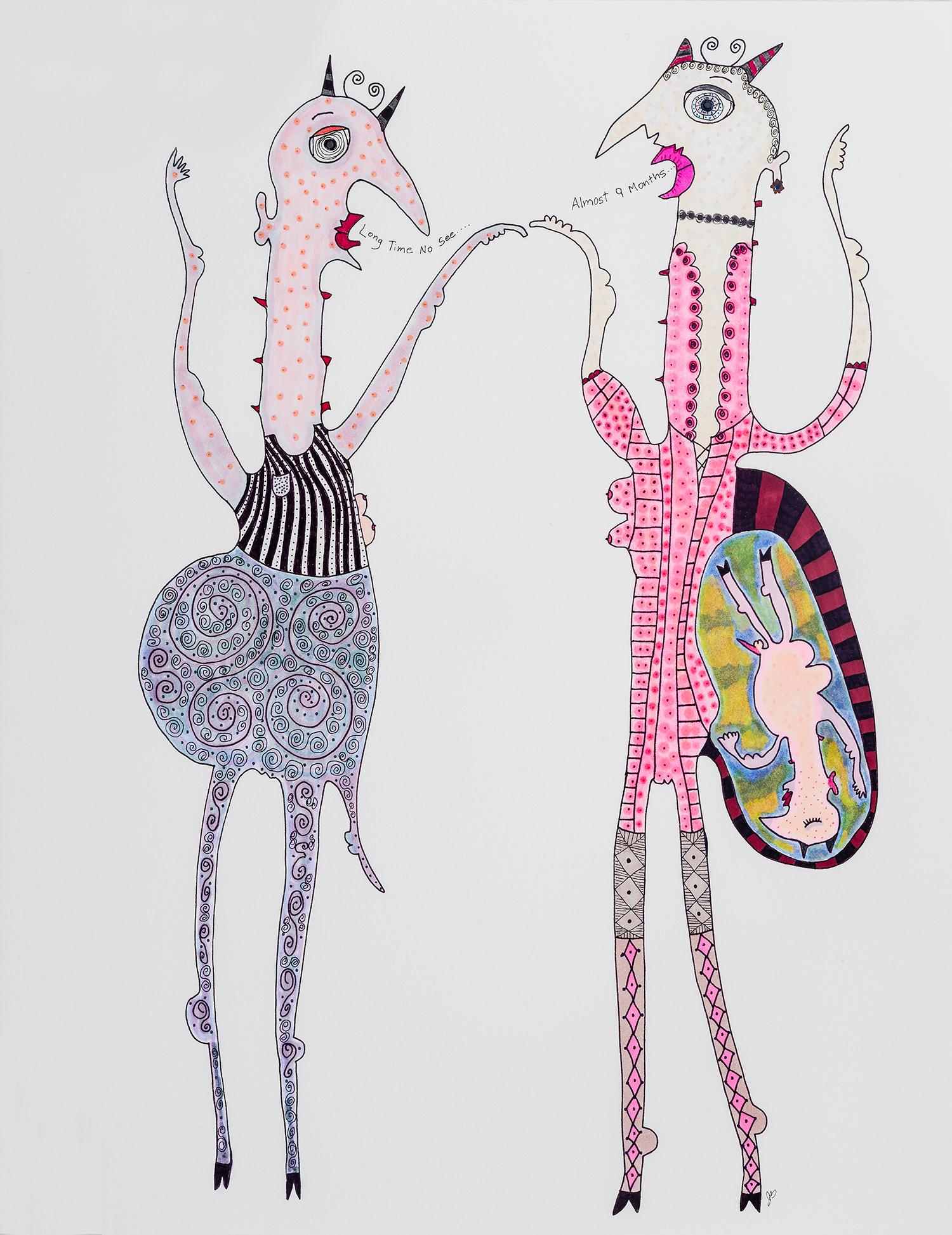
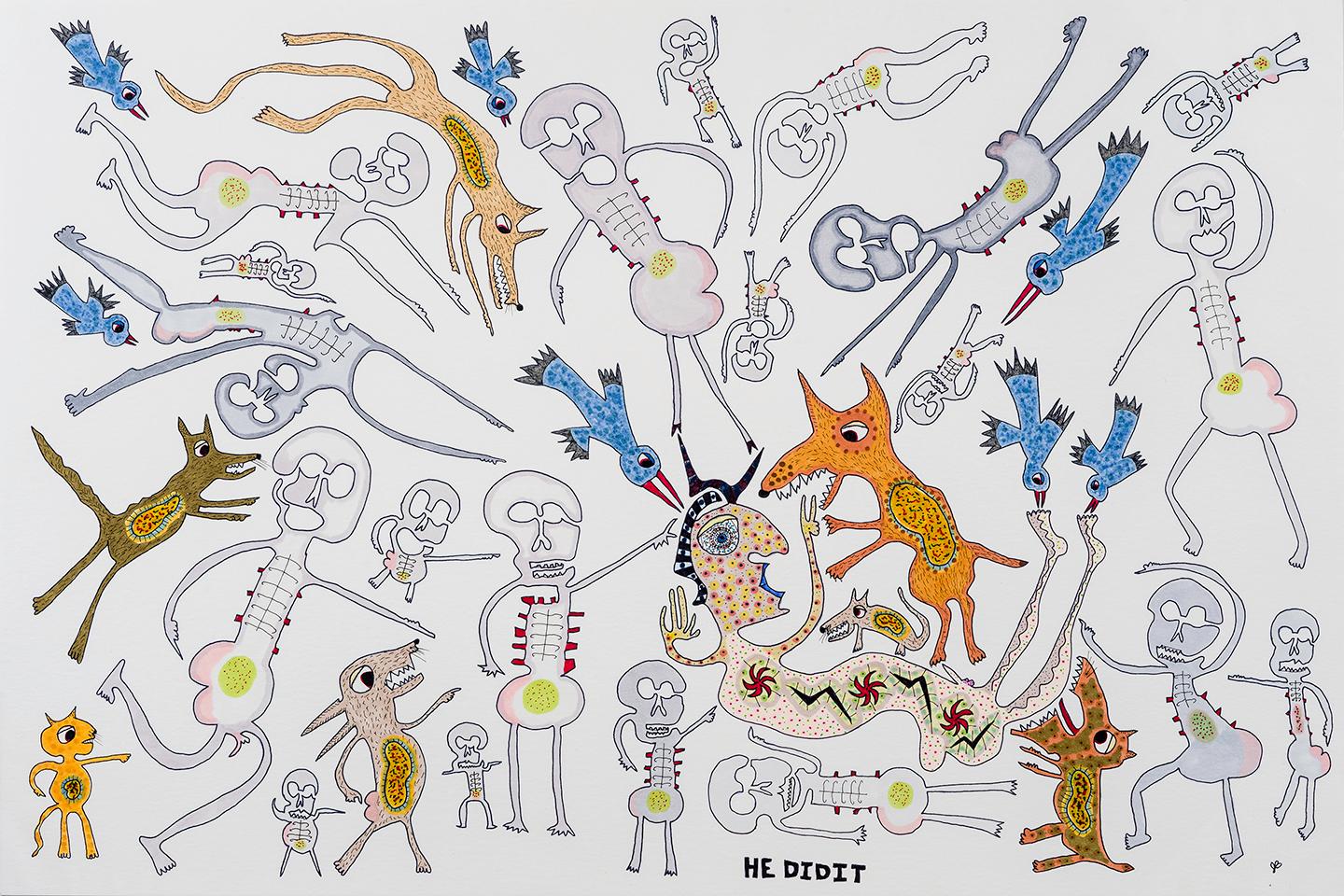
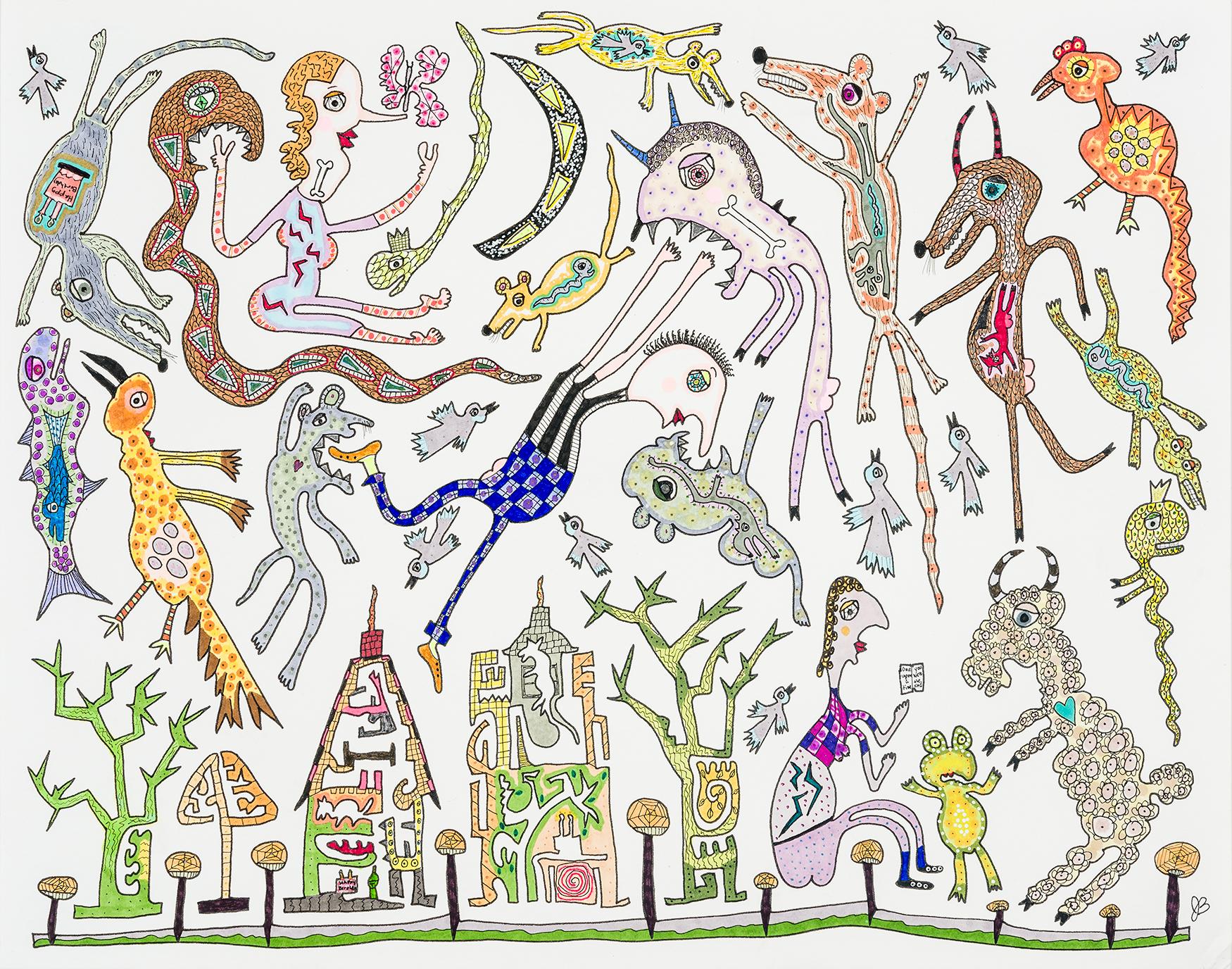
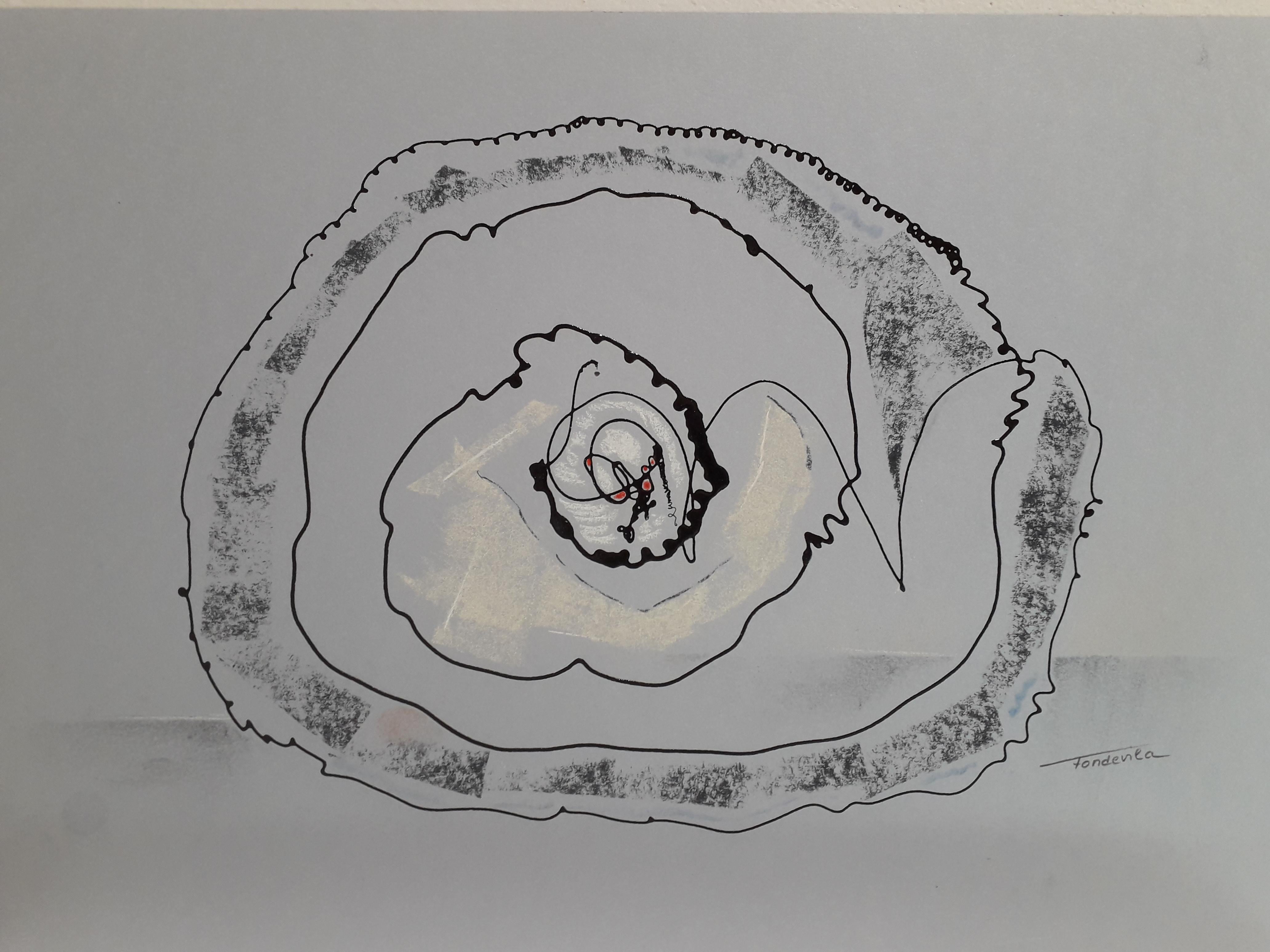
![Untitled [Large Central Dragon Form]](https://a.1stdibscdn.com/a_23/1677006043306/M_10378D_074_master.jpg)
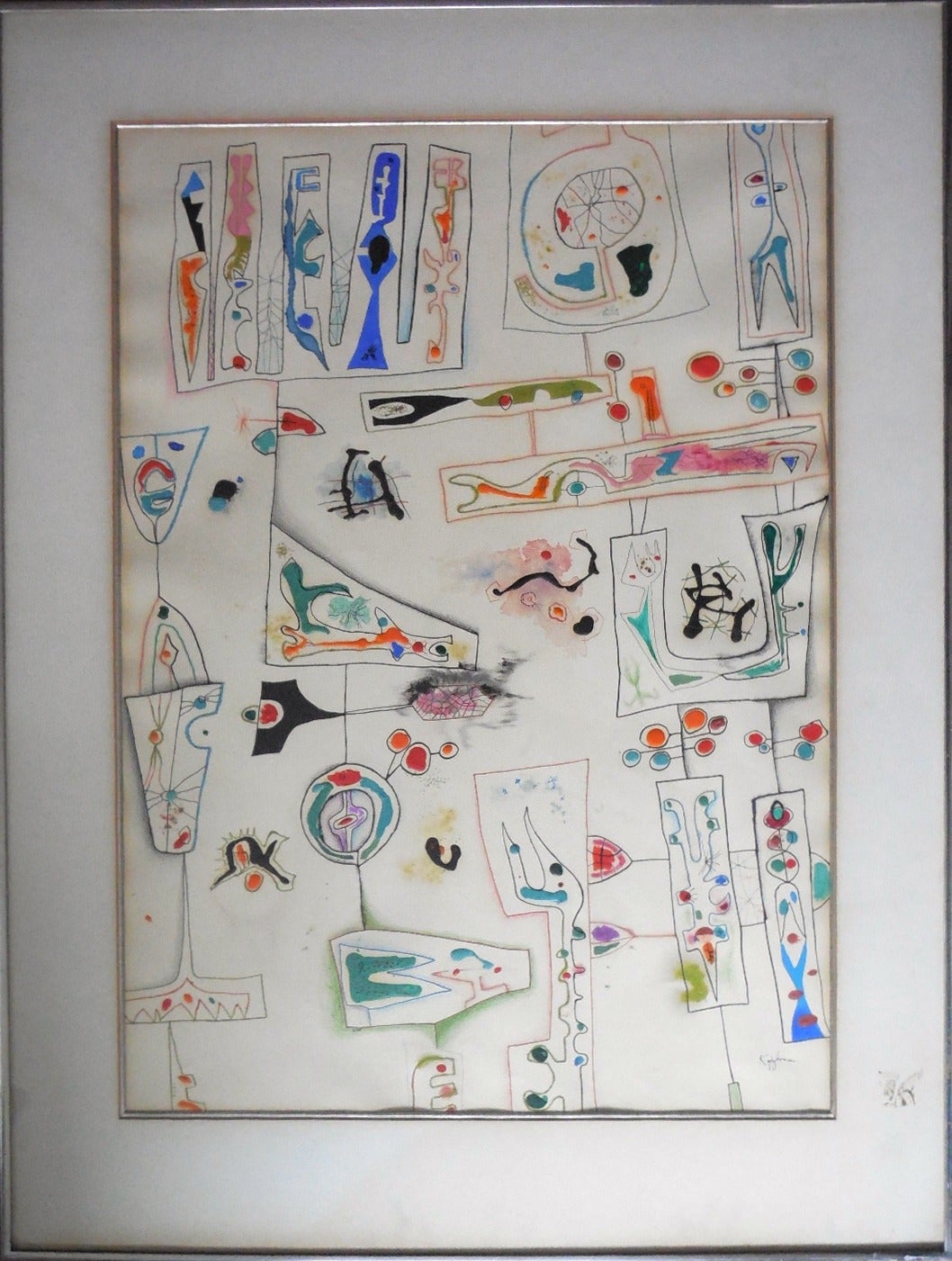
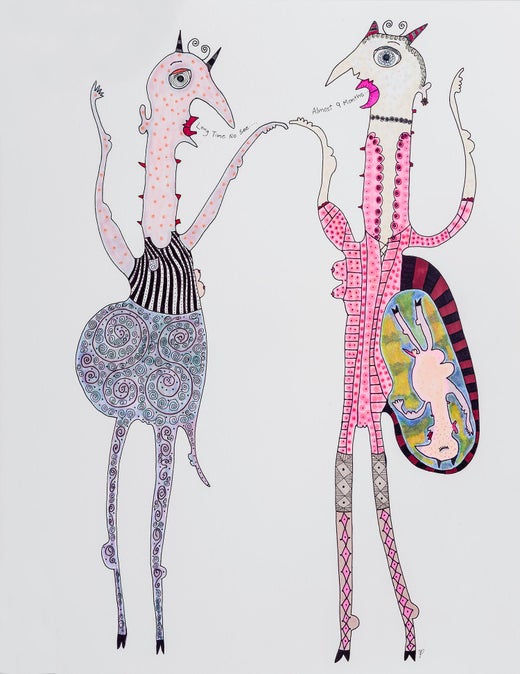
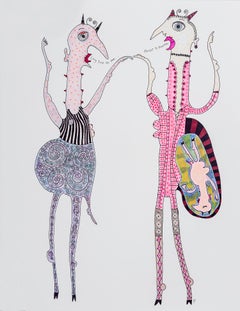
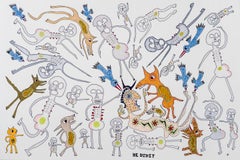

![Untitled [Large Central Dragon Form]](https://a.1stdibscdn.com/a_23/1677006043306/M_10378D_074_master.jpg?width=240)
